On August 21, 2017, the United States will experience a rare celestial event: a total solar eclipse. For those who will be in the path of totality, a 70km wide stretch running from Oregon to South Carolina, this will be an event to remember. For photographers, this will also be the opportunity of a lifetime, capturing breathtaking images of the sun hiding behind the moon, the corona, and the streaks of light raging across the sky while the sun is hidden from sight. Photographer Lucas Gilman shares some valuable tips on what gear to use, the safety requirements of capturing this natural spectacle and the camera settings that you should use:
Safety
If you are in the path of the solar eclipse ensure that you take all the safety precautions.
Do not look at the sun without protective gear and most certainly never look through the viewfinder with the camera pointed at the sun.
Use special glasses to prevent permanent damage to your eyes and also use a special solar filter designed to protect the delicate sensor inside the camera from getting damaged due to the sun. It also helps protect your eyes when you’re looking through the viewfinder.
Camera and Lens
DX cameras give a slightly longer focal length (effective) for the same lens and they are what Gilman recommends.
But if you have a full-frame system, that will do as well. A camera with a vari-angle LCD screen is most suitable as it helps working on a tripod.
For a close up shot of the sun you need a lens with a focal length of 150mm to 500mm. These can be prohibitively expensive. So, the next best solution is to use a medium telephoto lens with a tele-converter.
A 70–200mm lens with a tele-converter is a good choice. If you have a 70–300mm kit lens you could use that just as well. Even a wide angle lens is suitable, as you can use it to track the path of the eclipse and its various stages.
Other Accessories
Here are a few other accessories that you will need:
- a stable tripod
- extra memory cards
- freshly charged batteries
- a cable release
Composition
Try to shoot with some scenery in the foreground. You might also try the multiple exposure technique, knowing that the filter will underexpose the foreground.
“I want to capture something more creative. I’d like to do a composite of a couple of exposures using my in camera image overlay. Be creative and experiment with your camera’s modes to find the best creative shot.”
Camera Settings
The lighting conditions will vary throughout the eclipse. So, there is no one exposure setting that is going to work all through. You may want to try out various settings during the days leading up to the eclipse to perfect the one you need. This will help you capture the beautiful images of the total eclipse (in case you are in the path of totality) which only lasts for a few minutes.
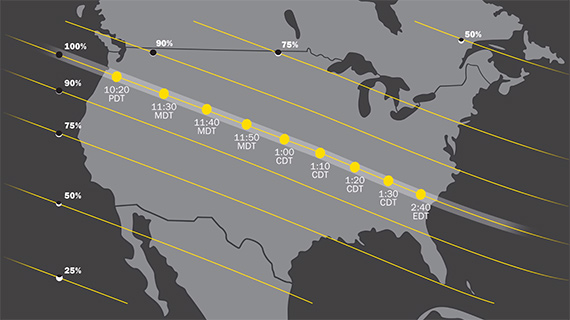
Solar Eclipse Path of Totality
Keep Your ISO Low
Shoot at ISO 200 or lower in manual mode with manual focusing. Focus at infinity. Turn VR off, because you will be shooting on a tripod. Shoot with a relatively ‘wide’ aperture. Gilman suggests an aperture of f/8. There is no single magic shutter speed. You can shoot at anything between 1/1000 to 2 seconds. Try to take multiple bracketed shots. Auto Exposure Bracketing (AEB) will help you achieve this.
Do you have plans to photograph the upcoming solar eclipse? Where will you be?
Like This Article?
Don't Miss The Next One!
Join over 100,000 photographers of all experience levels who receive our free photography tips and articles to stay current:
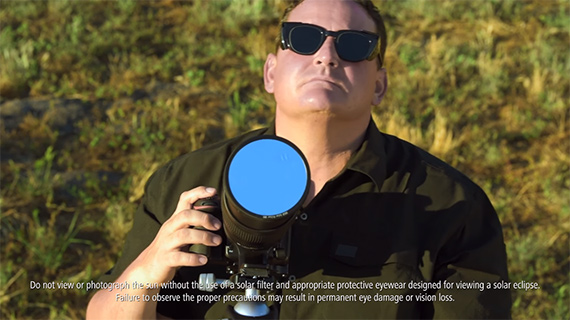
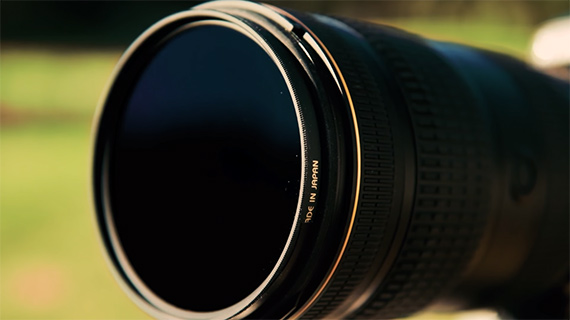
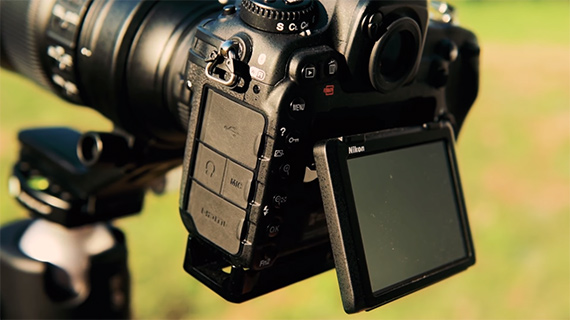
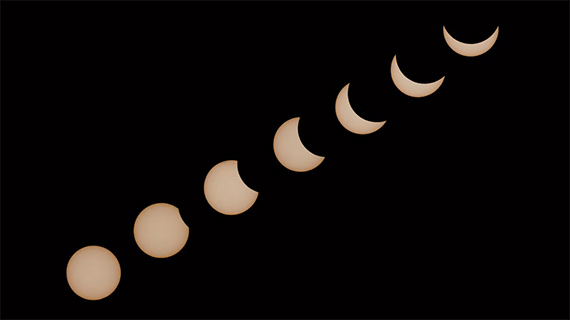
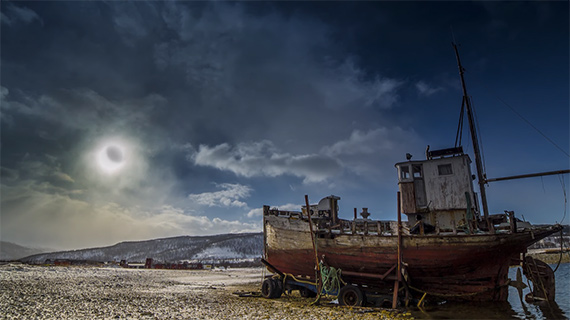






Leave a Reply